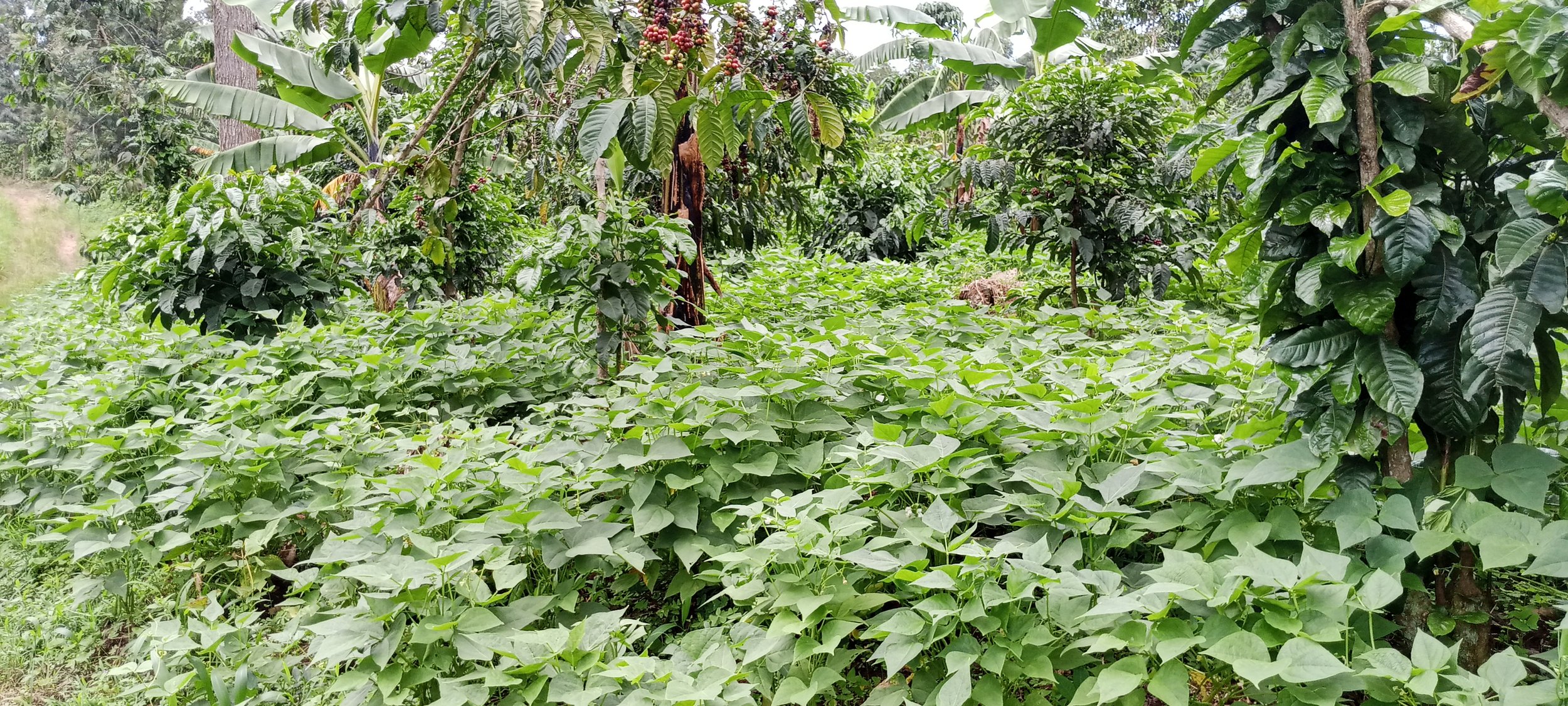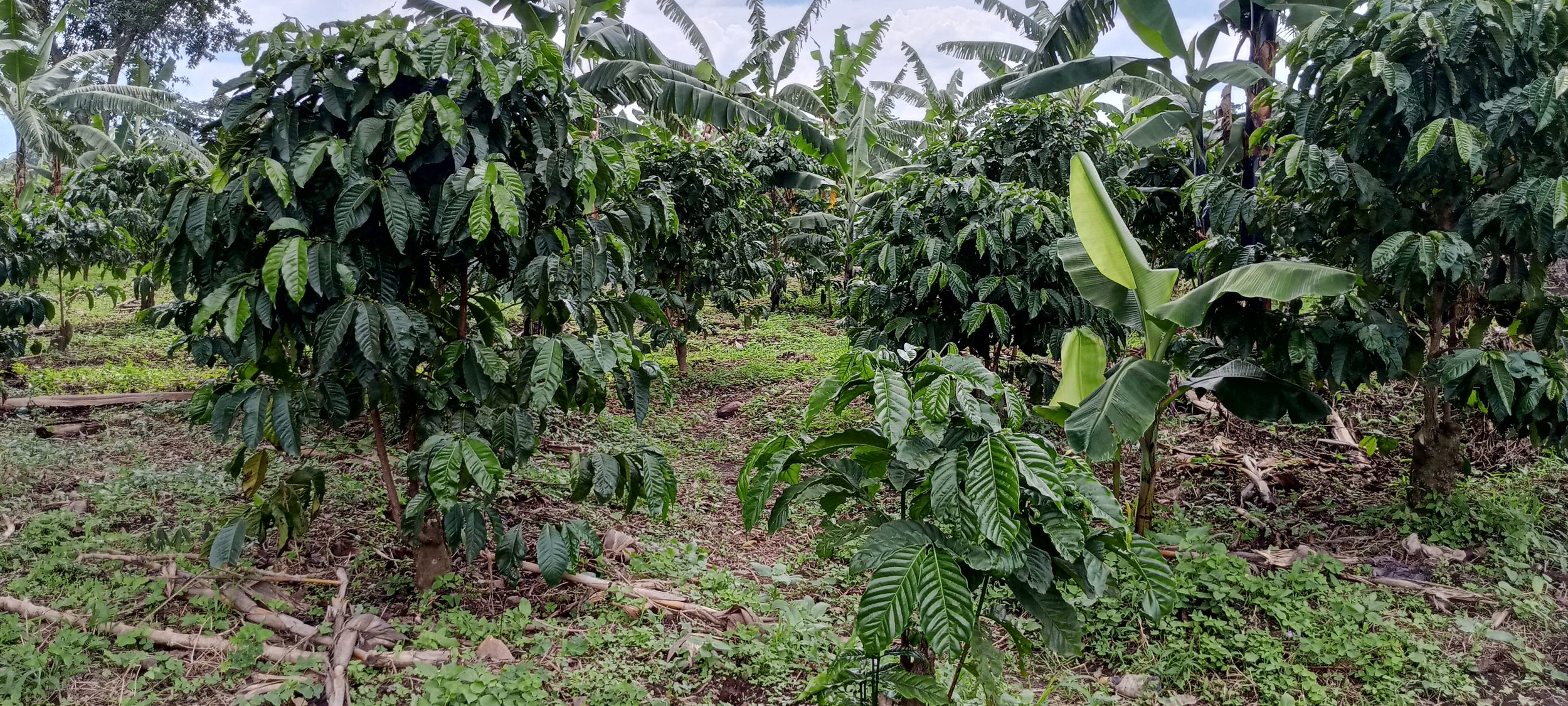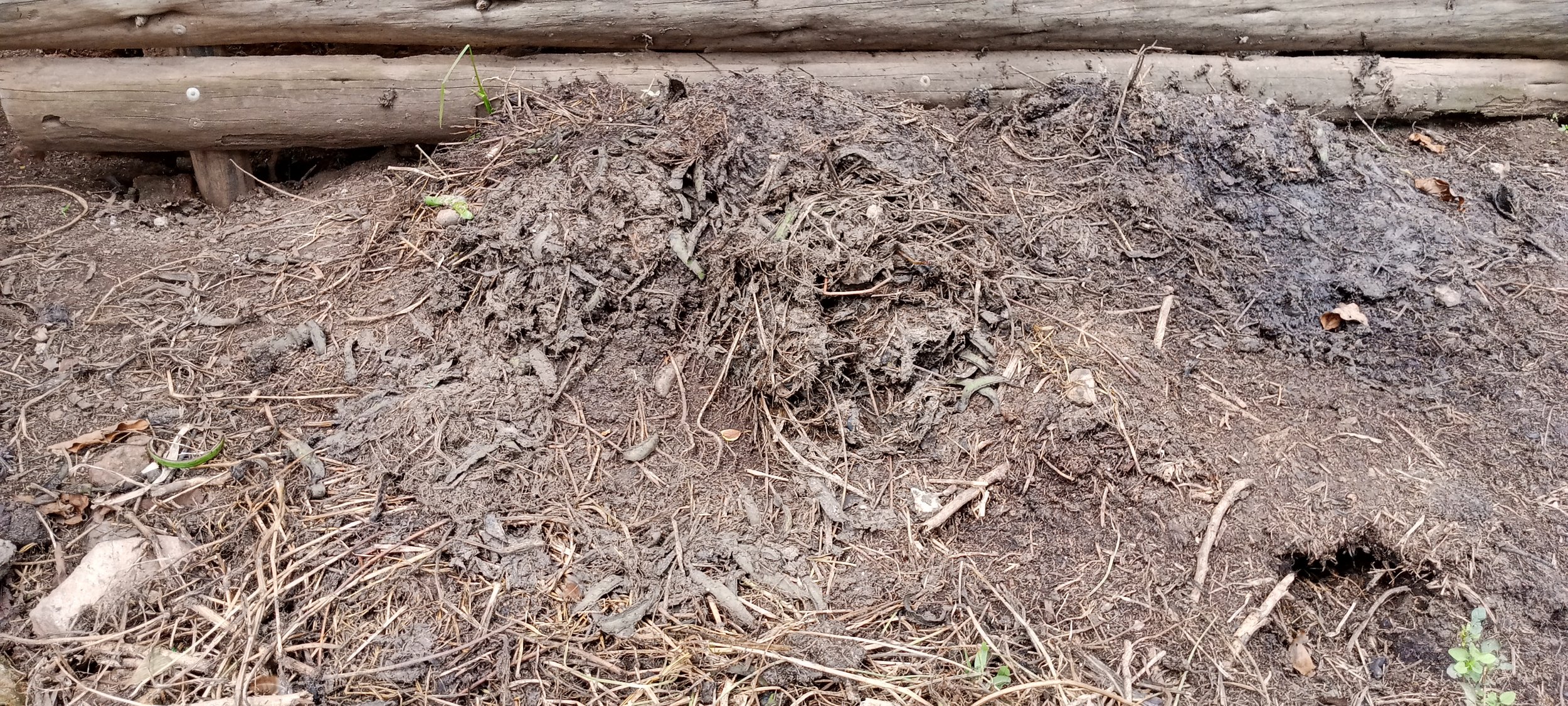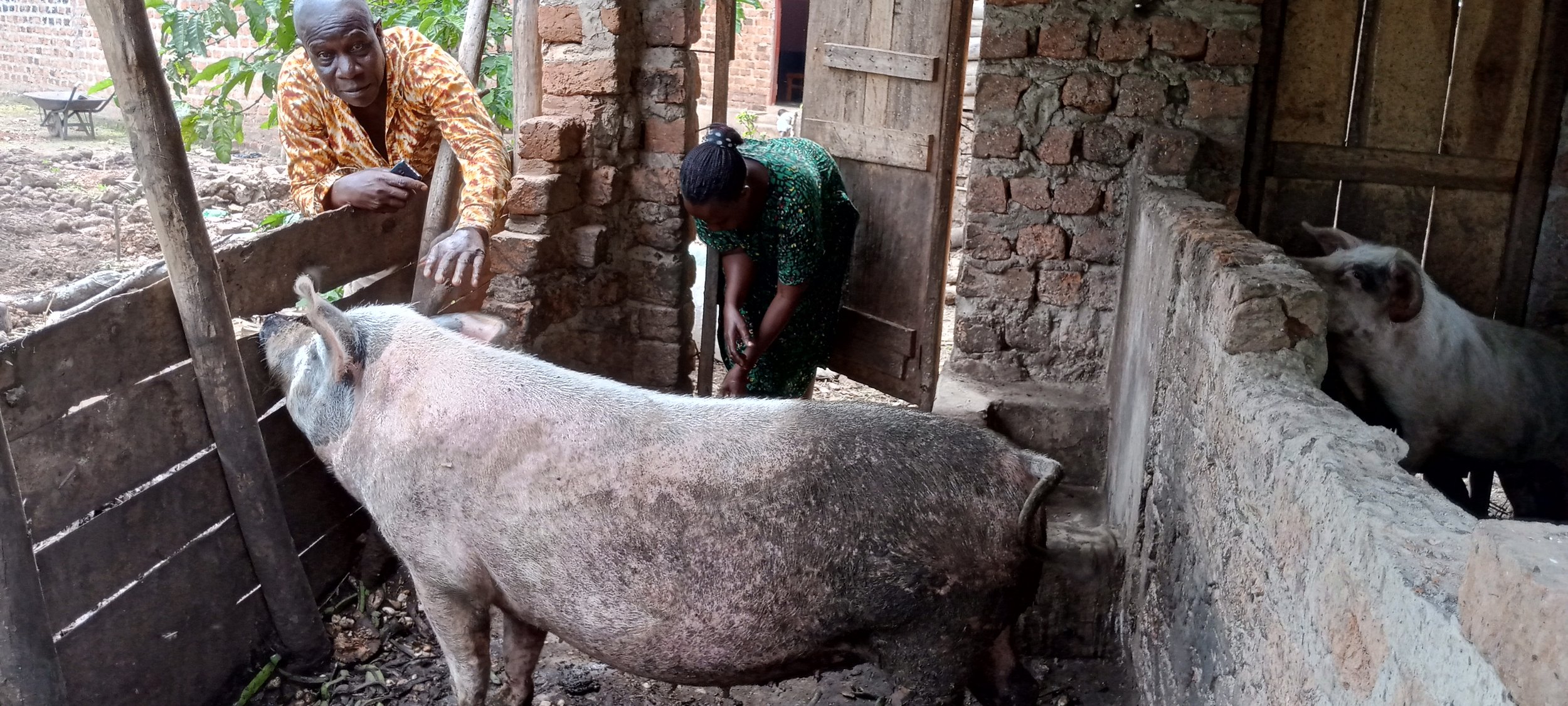Community stewards in Uganda turned their village into a forest
This story was shared by Kaganga John, Director of Kikandwa Environmental Association in Mityana District, Uganda (johnkaganga@gmail.com)
In the small village of Kikandwa, in the Mityana district of Uganda, villagers have transformed their landscape by sheer force of will, a commitment to healthy soils, and by working together to form the Kikandwa Environmental Association (KEA).
Prior to the formation of KEA in 1999, soils in the area were highly degraded, but necessity drove overharvesting of forest resources, causing degradation and a characteristic red hue to the landscape. Now, the area is so green that Kikandwa has been dubbed a Forest Village.
KEA was formed when a member of the community organized people together to discuss issues like food insecurity and environmental degradation, and to find solutions together. The group was originally met with mixed responses, due mostly to a lack of funding and human resources to invest in challenging the status quo, but the founder encouraged a “spirit of togetherness,” showing them that “unity is power.” Now, there is no doubt in anyone’s mind after seeing the effect the group has had on the landscape.
The group came up with several ideas to address the drivers of land degradation. Kaganga John, Director of KEA says that “that [was] when I discovered that there is nobody who knows everything and nobody who does not know anything,” highlighting the necessity of multiple voices and perspectives for true transformation. From meeting regularly, the group addressed various issues like sustainable agricultural practices, landscape management, education, hygiene and sanitation, and soil health. They eventually transformed unproductive soils into productive ones by promoting tree planting, agroecology, analog forestry, silviculture, and a sustainable woodlot.
Through group efforts, KEA has also secured funding along the way to scale their efforts, leading to the immense success of their Forest Village. The group has planted more than 500,000 trees since its inception in agroforestry systems, live fences, garden and compound trees, and through natural regeneration. These activities are all complemented by a beekeeping program which contributes to the floral biodiversity through pollination, and rainwater harvesting to control soil erosion and contribute to water security for irrigation.
Challenges for Kikandwa
Like much of the world, COVID-19 took a toll on Kikandwa community, disrupting the livelihoods of the community and driving vulnerable households to revert to old, unsustainable practices. Due to a lack of basic necessities like soap, medicine, school fees, food, and more, some community members have had no choice but to harvest the trees they themselves planted to harvest charcoal and firewood. Many are also experiencing pre and post-food loss and waste due to a lack of value chain facilities.
KEA Sees a Way Forward
The main goal of KEA now is to secure financial and technical support to maintain what has been achieved to date, continue to grow the Kikandwa Forest Village, and scale the approach to other communities across Mityana district, the rest of Uganda, and other parts of Africa.
The next steps for Kikandwa are to plant 500 000 more indigenous and fruit trees seedlings, scale soil and water management and conservation practices, begin producing bio-fertilizers and natural pesticides for use in the community, and raise interest from development partners, researchers, policymakers, and more. KEA also dreams of establishing an eco-agro-tourism center and recreation gardens in the Forest Village to help generate income for the community and support their Forest Village which has put them on the map.






